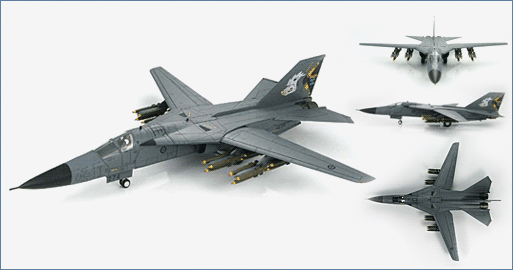Merry Christmas!
 |
| FB-111A Aardvark, 380th BMW, Plattsburgh AFB, New York. Via FB-111A.net |
The topic for today's post will be the primary operating locations for the F-111s.
The primary operating location for Australia's F-111 Pig was at Royal Australian Air Force Base Amberly located in Queensland, Australia. Amberly was home to No. 82 Strike Wing which operated two squadrons of F-111s: No. 1 Squadron and No. 6 Squadron. The Royal Australian Air Force operated the F-111 from 1973 until 2010.
In the United States Air Force, there have been many unit changes, re-designations and base closures over the years so I will touch upon only the primary F-111 operators.
The F-111A variant of the Aardvark was operated by the 474th Tactical Fighter Wing at Nellis Air Force Base, Nevada and later the 366th Tactical Fighter Wing at Mountain Home Air Force Base, Idaho.
The only unit to operate the F-111D version of 'Vark was the 27th Tactical Fighter Wing at Cannon Air Force Base, New Mexico.
The United States Air Forces Europe (USAFE) operated two wings of F-111s, the 20th Tactical Fighter Wing and 48th Tactical Fighter Wing at Royal Air Force Upper Heyford United Kingdom and Royal Air Force Lakenheath United Kingdom respectively.
EF-111A ravens, the electronic version of the '111, were operated by the 20th Tactical Fighter Wing at Royal Air Force Upper Heyford, United Kingdom. Following major force restructuring and downsizing in the United States Air Force in the 1990s, EF-111s were consolidated initially at Mountain Home Air Force Base, Idaho and then eventually at Cannon Air Force Base, New Mexico.
Strategic Air Command initially operated the 340th Bomb Group (Medium) at Carswell Air Force Base Texas with one bomb squadron and one combat crew training squadron. After a number of years, Strategic Air Command closed the 340th and relocated all the remaining fleet of FB-111As to the 509th Bombardment Wing, at Pease Air Force Base, New Hampshire and the 380th Bombardment Wing, at Plattsburgh Air Force, New York.













